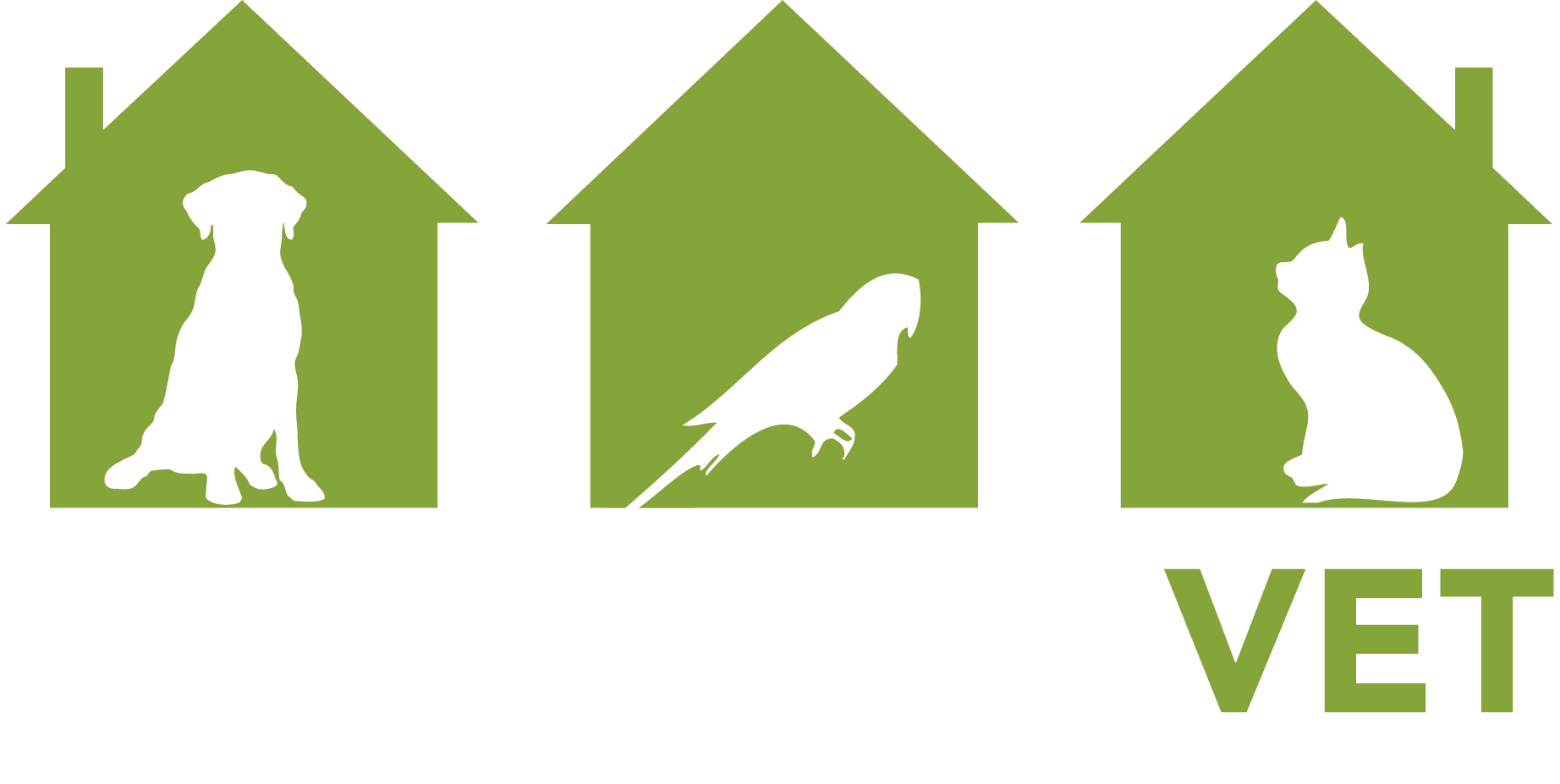Welcoming a new furry friend is an exciting experience, filled with companionship, love and countless unforgettable moments. As pet parent, we take pride in nurturing our pets, ensuring their well-being, and fostering a strong, lasting bond. However, it is not always smooth sailing when it comes to our young companions.
One of the most common challenges many new and experienced pet parents will face is helping their pets navigate the teething phase. Just like their human counterparts, both puppies and kittens go through this natural and necessary stage of development.
In this post we cover everything you need to know about pet teething, offering valuable insights and practical advice to make this journey a smoother, more enjoyable experience for both you and your beloved companion. From understanding the teething process to selecting the right toys, managing teething-related behaviours, and addressing common concerns, we’ve got you covered!
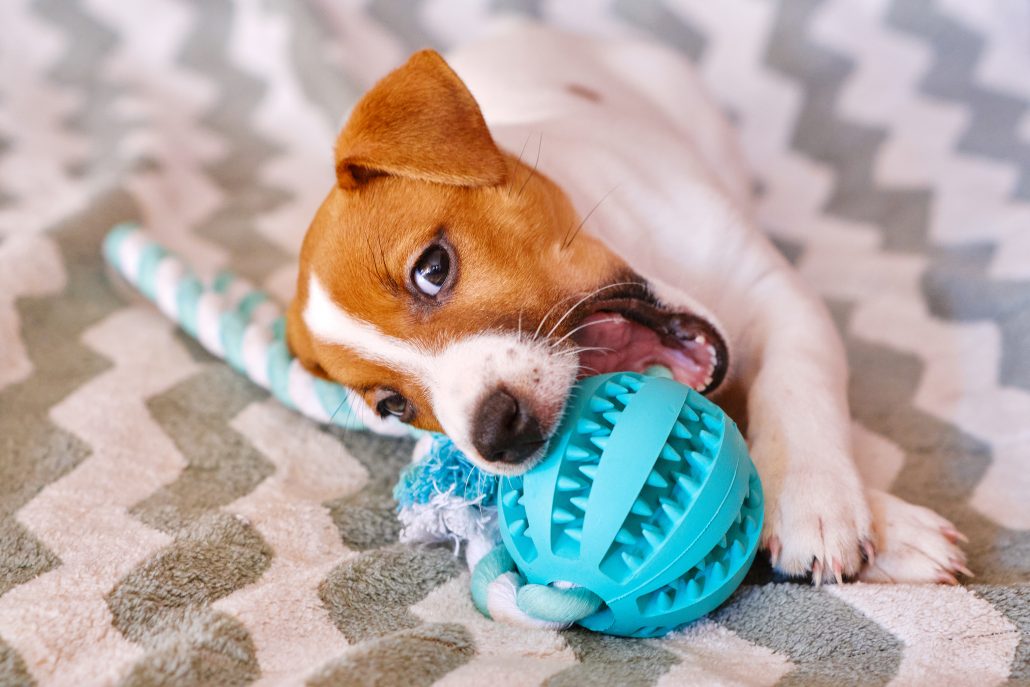
Understanding The Pet Teething Process
Teething is a significant milestone in your pet’s early life. Puppies and kittens will go through the teething phase as their baby teeth make way for adult ones. The start of your pet’s teething phase will vary depending on your pet.
Puppies
Puppies typically get their first set of baby teeth as early as 2 weeks of age to as late as 6- 8 weeks old. At around 16 weeks (4- 5 months old) they will begin to lose these needle-sharp baby teeth to make way for their permanent adult teeth. It is common for your pups to swallow their teeth, but you may spot a tooth or two on the floor as well.
Kittens
Kittens will begin to develop their baby teeth at around 3 weeks old and will have grown their milk teeth by 6 weeks. At around 6 months old, your kitten will slowly begin to replace their baby teeth with their adult teeth.
Read More: Tips For Pet-Proofing Your Home: Creating a Safe Environment for Your Pet
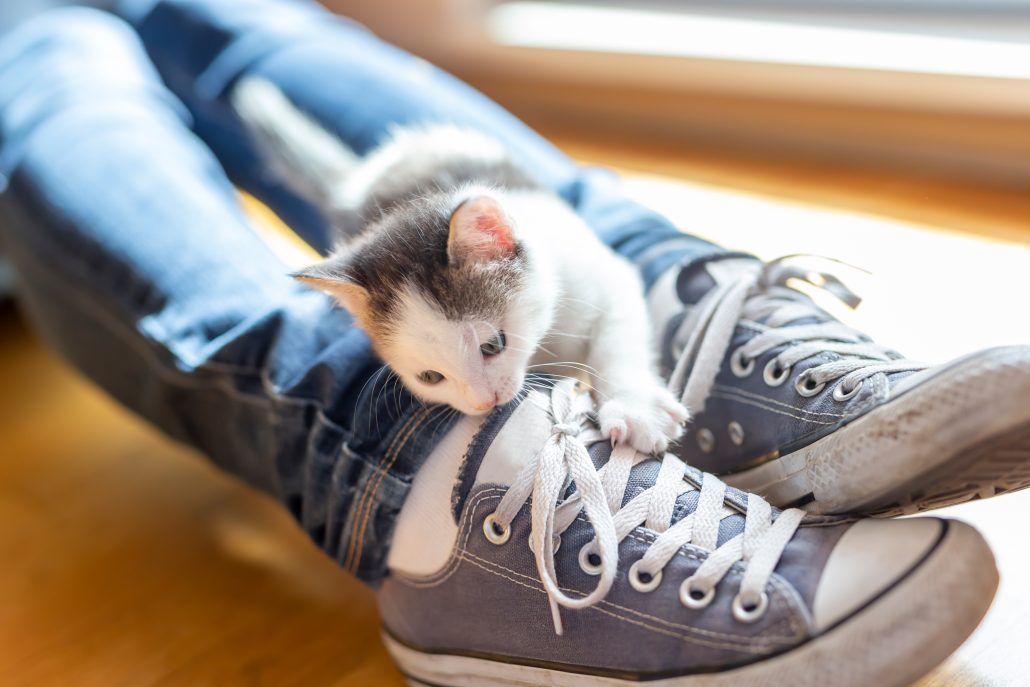
Pet Teething: The Signs & Symptoms
While teething is a sign of healthy development and growth, pet teething can also be a period of discomfort, restlessness, and even mischief! That is why, by understanding the signs and symptoms of teething, you can ensure that your young companion receives the care and attention they need. Some of the most common signs of teething among puppies and kittens alike include:
Chewing and Biting
One of the most common signs of teething in both puppies and kittens is a strong urge to chew and bite. You may notice your pet gnawing on furniture, shoes, or anything within their reach. This behaviour helps relieve the discomfort of new teeth pushing through their gums.
Irritability
Teething can be uncomfortable, and you may notice your pet may become more irritable than usual. They might be less patient and more prone to whining or vocalizing their discomfort. Be patient with them during this phase and offer comfort as needed.
Drooling
Increased drooling is another noticeable symptom of teething in both puppies and kittens. You might find more saliva around their mouth or on their toys. This is a natural response to the irritation caused by emerging teeth.
Loss of Appetite Or Slower Eating
Some puppies and kittens may begin to eat more slowly or experience a temporary loss of appetite during teething. This is typically because their gums may be sore, making it uncomfortable to eat. Offer soft, easily chewable foods and ensure they stay hydrated.
Red Or Swollen Gums
In some cases, you might notice swelling and redness from the gums as the baby teeth fall out and new ones emerge. This is typically a normal part of the teething process, but if you notice excessive irritation, be sure to consult your veterinarian.
Restlessness
Teething can disrupt your pet’s sleep patterns, leading to increased restlessness. They may wake up more frequently during the night or have trouble settling down for naps. Similarly, they may be more vocal due to the irritation and discomfort.
Read More: The Importance Of Dental Care For Pets
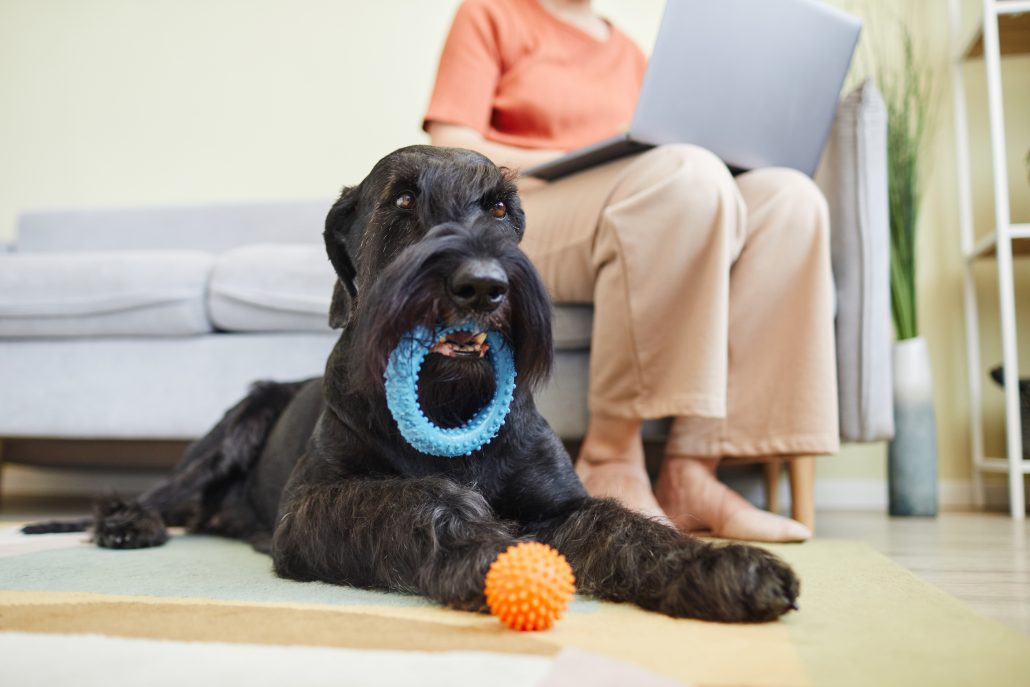
Tips To Manage The Teething Phase
The teething stage can be a particularly challenging time for both pet parents and their companions. Fortunately, teething is easily manageable and with the right strategies and a bit of patience, you can make this period more manageable and enjoyable for everyone involved. Here are some essential tips to help you navigate the teething phase:
- Provide Teething Toys: Invest in safe and durable teething toys designed for puppies and kittens. These toys can help soothe their sore gums and redirect their chewing instincts away from your furniture and belongings.
- Chilled Toys: Consider placing teething toys in the freezer for a while. The cold can provide additional relief for your pet’s gums and make the toys more appealing.
- Supervised Play: Always supervise your pet when they’re playing with teething toys to ensure they don’t chew off and swallow small parts, which can be a choking hazard.
- Frozen Treats: Frozen treats, such as ice cubes or specially formulated frozen dog or cat treats, can be a refreshing way to alleviate teething discomfort.
- Teething Rings: For puppies, teething rings specifically designed for dogs can be helpful. These rings often have textures that massage their gums as they chew.
- Positive Reinforcement: Use positive reinforcement and rewards when your pet chews on appropriate items. This helps them associate good behaviour with treats and praise.
- Avoid Punishment: Refrain from scolding or punishing your pet for teething-related behaviours. They’re not misbehaving; they’re simply responding to natural instincts.
- Dental Chews: Dental chews and treats can aid in oral health and provide a safe outlet for your pet’s chewing tendencies.
- Puppy & Kitten-Proofing: Pet-proof your home by removing or securing any items that might be harmful if chewed. This includes electrical cords, small objects, and toxic plants.
- Regular Checkups: Keep up with your pet’s regular veterinary checkups, which are essential to monitor their teething progress and overall health.
Teething Complications To Watch Out For
While pet teething is a normal process, there are some complications that pet parents should be aware of. One common complication is retained baby teeth, where the baby teeth do not fall out on their own and cause overcrowding or misalignment of the permanent teeth. This can lead to dental issues and discomfort for your pet.
If you notice that your pet’s baby teeth are not falling out as their permanent teeth come in, it’s important to consult with your veterinarian. They may recommend a dental procedure to remove the retained baby teeth and ensure proper dental alignment.
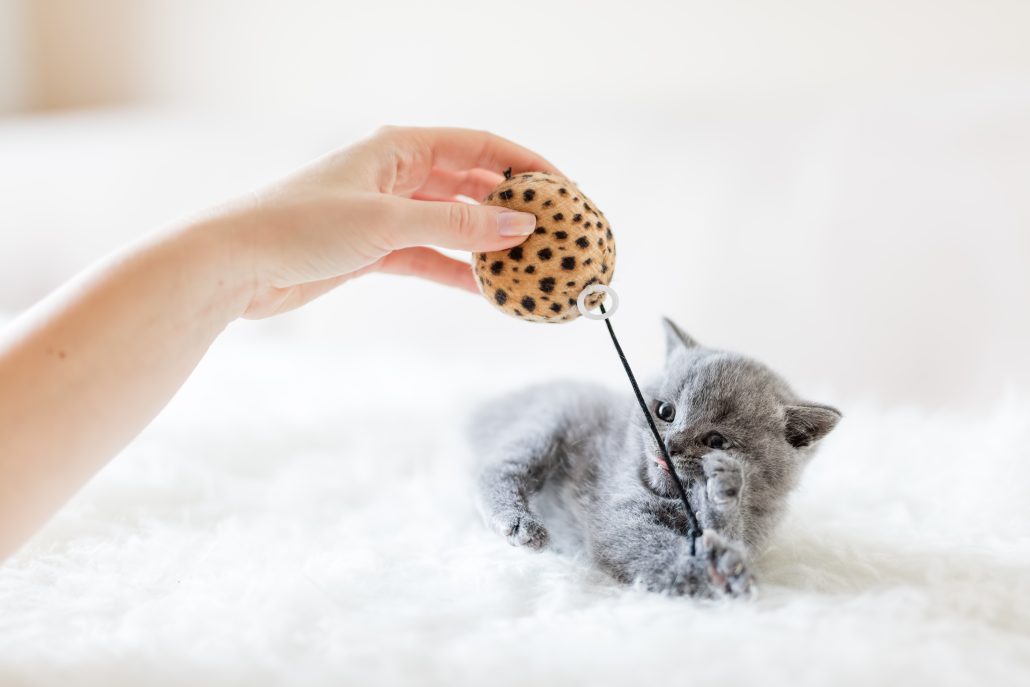
Teething Troubles No More
The teething phase is just one of the many chapters in your pet’s life, and with the right knowledge and care, it can be a smoother and more enjoyable experience. By understanding the signs and symptoms, providing appropriate toys and using positive reinforcement you can help your young pet transition through this phase with ease.
Whether you have a playful puppy, a curious kitten, or a mature pet, The House Call Vet is here to provide expert care for pets of all ages. We offer a wide range of services, from dental check-ups to vaccinations and nutritional guidance and more.
Make sure your pet’s health remains a top priority. Contact our clinic today to schedule an at home or in-clinic appointment and ensure that your pet’s teething days are just the beginning of a long, happy, and healthy journey together!

